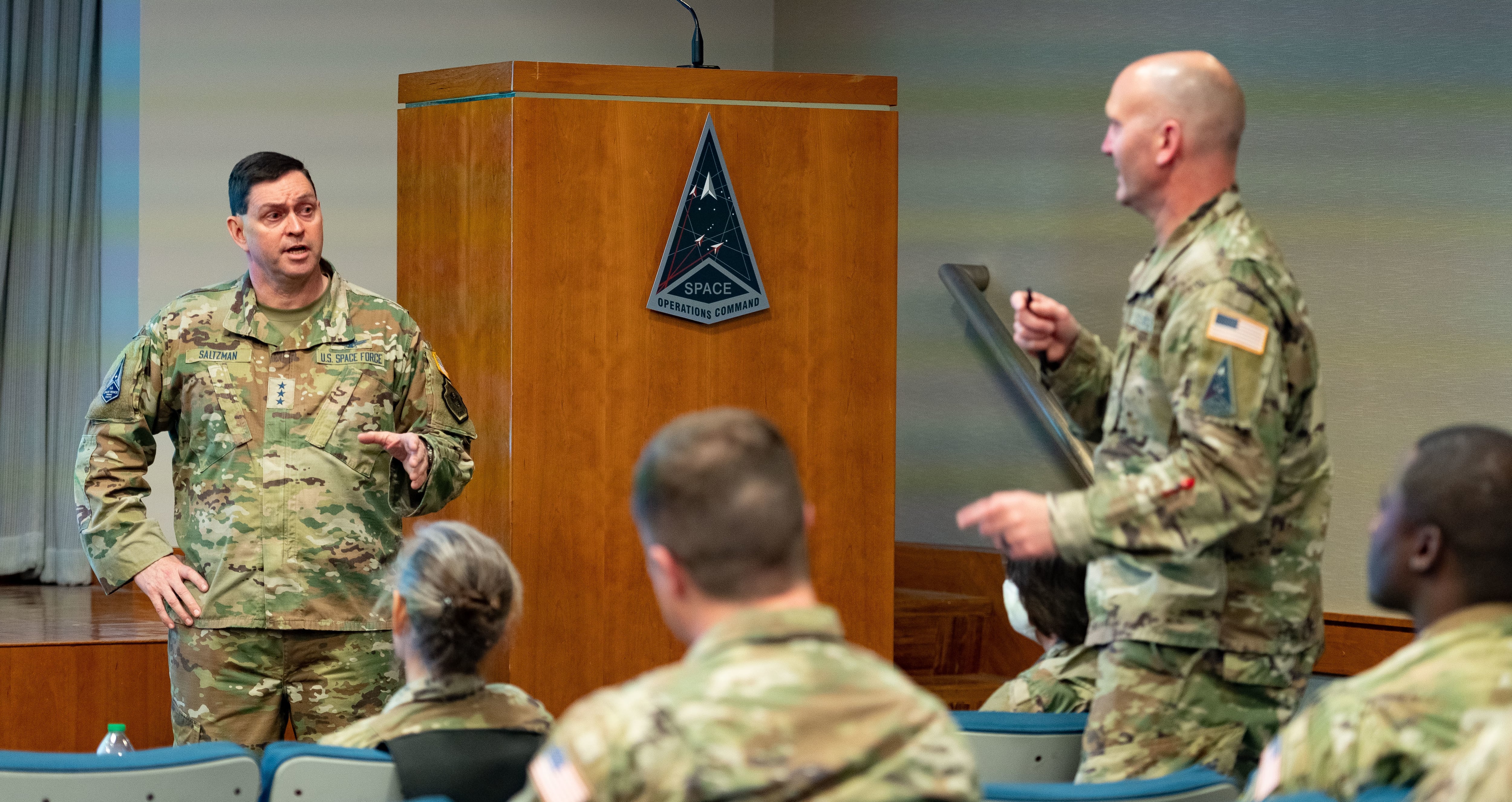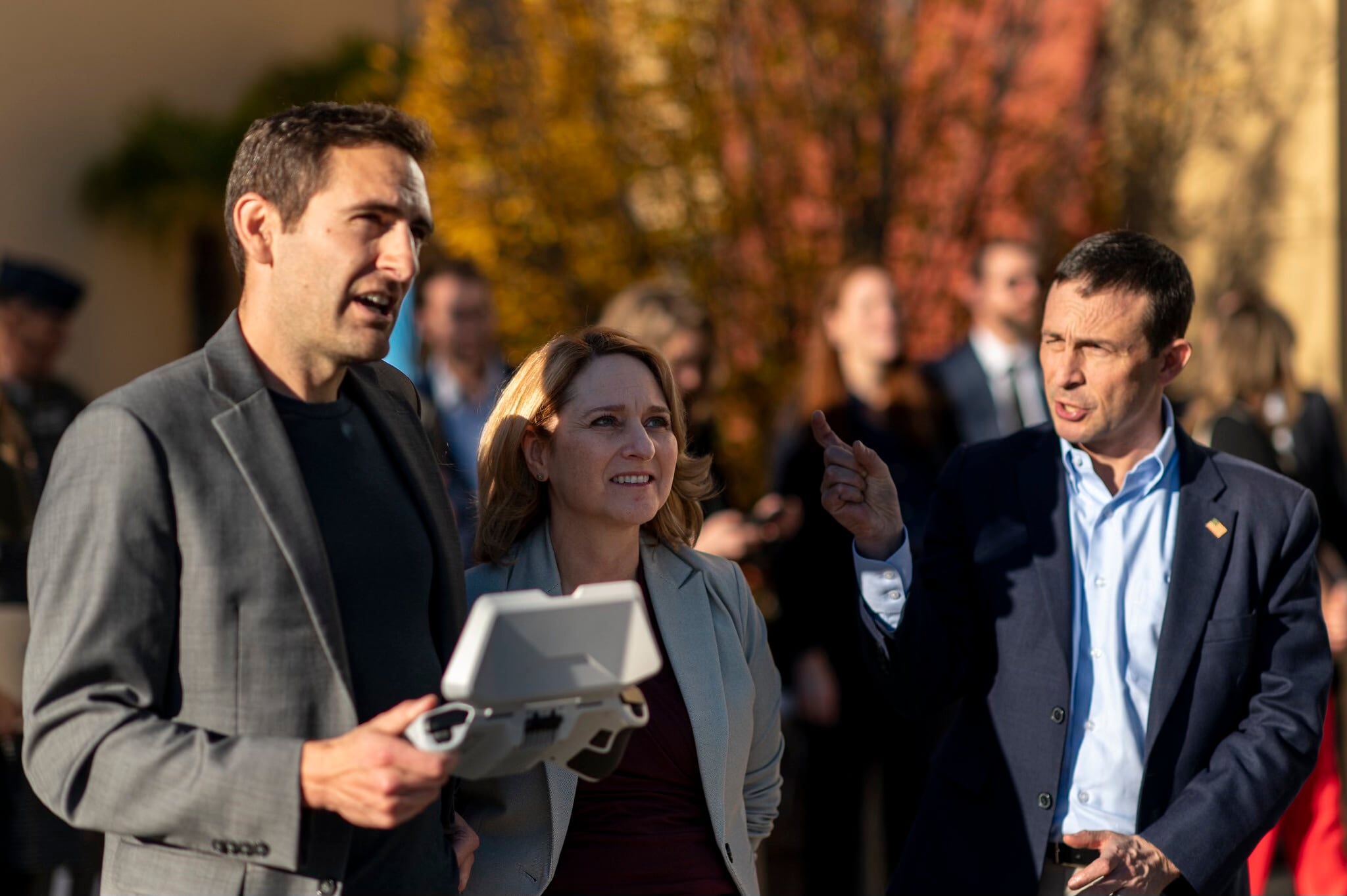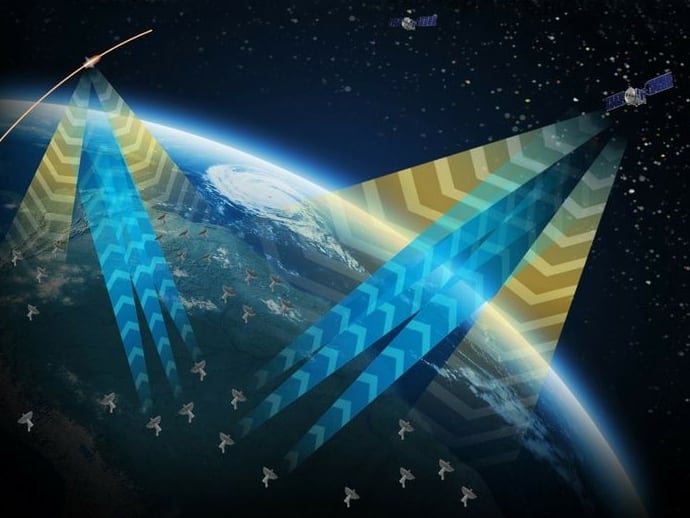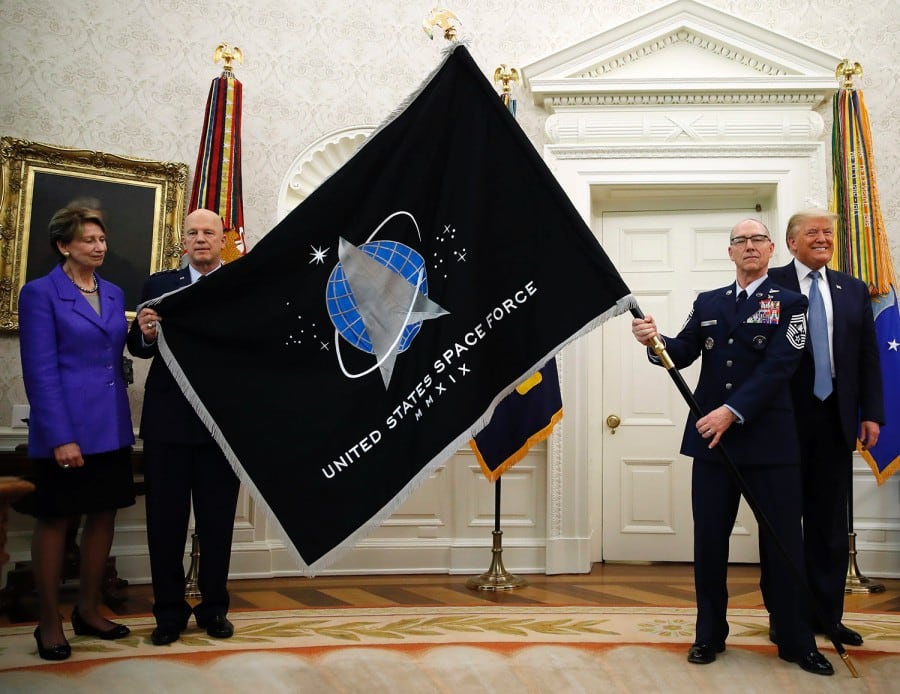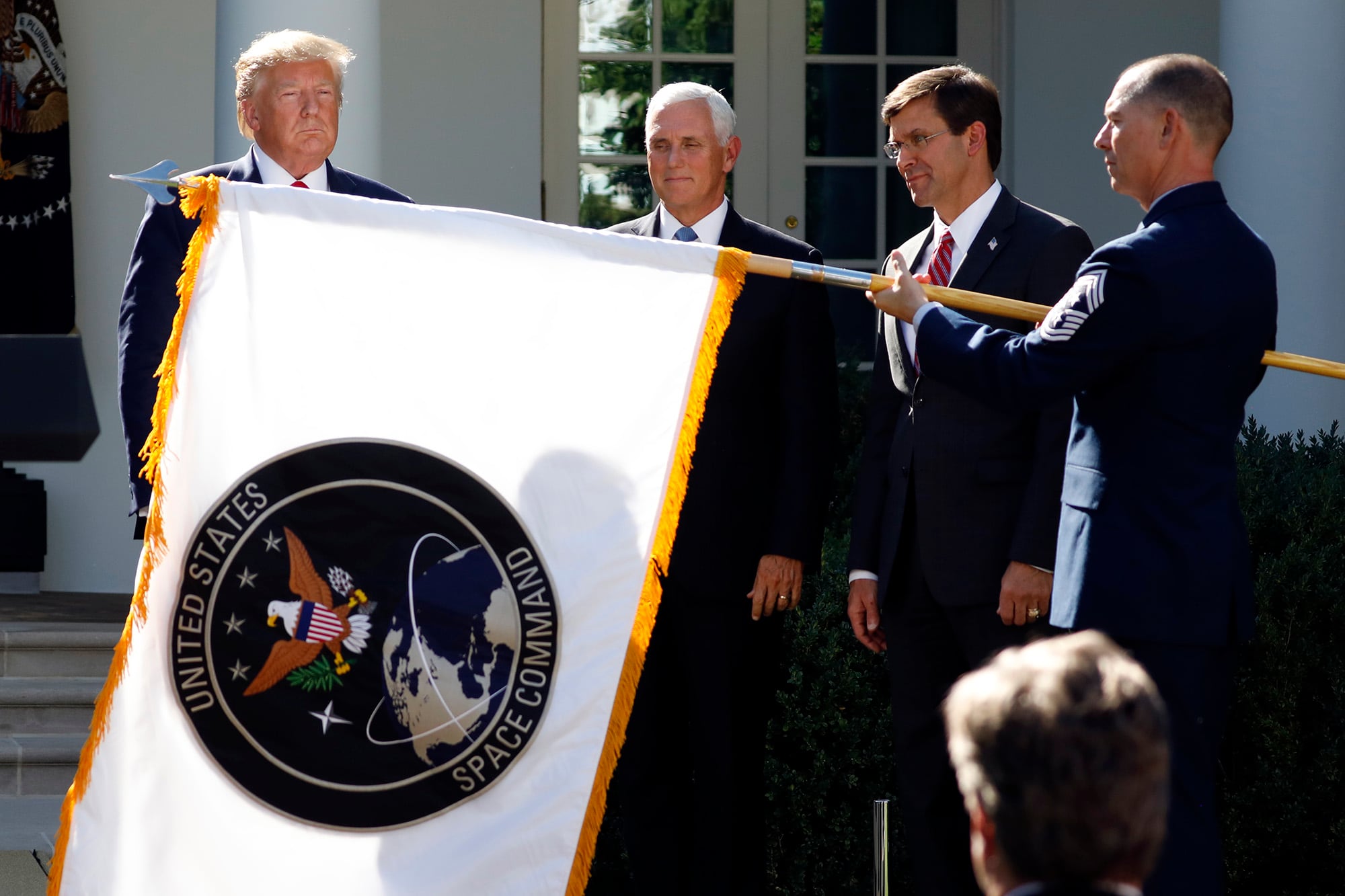U.S. policies around weapons in space, its over-classification of space capabilities and a lacking “warfighting ethos” are undermining public perception of the Space Force and “subverting” its legitimacy as a separate military service, according to a new study from the Mitchell Institute.
The study, released Wednesday, is the byproduct of a two-day workshop the Mitchell Institute’s Spacepower Advantage Center of Excellence held in October. The event convened 55 space experts from across the military, industry and academia to consider how the Space Force’s current operational concepts might hold up amid a range of potential crises over the next 25 years — from a deployed Russian nuclear antisatellite weapon to an attempt by China to hijack a futuristic “luxury space hotel.”
The workshop highlighted gaps in how the general public, and even some in the Defense Department, perceive the role of the Space Force and a disconnect between rhetoric that labels space as a “warfighting domain” and the actual policies that govern the military’s operational approach.
“‘Space as a Warfighting Domain’ has become a standard refrain over the past five years in the U.S. military community, yet little has changed to move away from the ‘space as a purely strategic domain mindset’ — prevalent during the Cold War and prior to China’s rapid development of antisatellite systems,” the report states. “It is crucial to recognize this transition, for core decisions tied to strategy, operational concepts, tactics and technologies are tied to this reality.”
To better normalize the idea of space as a contested military domain, the report recommends that the Trump administration and Congress set new policies allowing weapons in space. It also calls for more funding and personnel for the Space Force and an update to the Defense Department’s space-related roles and missions.
The report proposes that the Space Force develop a warfighting concept and training programs that shape a more “assertive” warfighting culture among guardians and to better communicate with the public about the service’s role in preserving U.S. security.
Charles Galbreath, a senior fellow at the Mitchell Institute and one of the report’s authors, told reporters in a briefing Tuesday that one of the more difficult barriers to broadening understanding about what the Space Force does is that the importance of space and the technology required to leverage it is largely elusive to the public.
That challenge is exacerbated by the fact that unlike the other services, the Space Force doesn’t have guardians conducting military missions in space, according to Galbreath.
“Whether we have people in the domain is a huge question,” he said. “The lack of guardians in space right now is one of those things that [makes] people go, ‘Well, do I need to have you as a military service and do you need to be separate?’”
The report also highlights the need for more sensors, radars and other capabilities that can monitor and track activity in space. Along those lines, the report notes that the U.S. needs to be able to share that information with allies and the public to coordinate operations and “bolster national will” should a conflict arise.
It further advocates for a broader pool of trusted international partners beyond the traditional Five Eyes nations — which includes the United Kingdom, Canada, New Zealand, Australia and the U.S. — and calls for continued U.S. leadership in establishing norms for responsible space behavior.
“By proactively defining which actions in space are acceptable and which will lead to the escalation of tensions, the United States will be positioned to rally international support to counter hostilities,” the report states.
Courtney Albon is C4ISRNET’s space and emerging technology reporter. She has covered the U.S. military since 2012, with a focus on the Air Force and Space Force. She has reported on some of the Defense Department’s most significant acquisition, budget and policy challenges.
